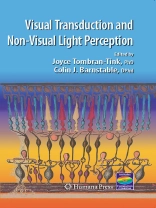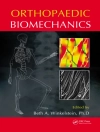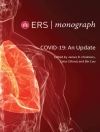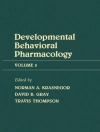Remarkable advances have contributed to revolutionizing the study of vertebrate vision. The first step to identifying objects and establishing spatial relationships is the visual transduction cascade, a process that underpins a wide range of ocular diseases and therapies. Toward that, The Visual Transduction Cascade: Basic and Clinical Principles reveals not only how the eye evolved into an organ of vision, but also describes how molecular mechanisms of key molecules (such as transducins, phosphodiesterases, and Cyclic GMP metabolizing enzymes) operate in the phototransduction cascade. In this groundbreaking text, experts also explain mechanisms for sensing radiation outside of the visible wavelengths — a good example of the limitations of the human sensory systems. Comprehensive and penetrating, The Visual Transduction Cascade: Basic and Clinical Principles brings together the developmental, structural, and molecular mechanisms of the visual transduction cascade and is an invaluable text for everyone conducting research in the visual system.
Зміст
Evolution of the Visual System.- An Organ of Exquisite Perfection.- Photoreceptor Structure, Function, and Development.- Development of the Foveal Specialization.- An Update on the Regulation of Rod Photoreceptor Development.- The Retinal Pigment Epithelium and the Visual Cycle.- Photoreceptor—RPE Interactions.- Molecular Biology of IRBP and Its Role in the Visual Cycle.- Visual Signaling in the Outer Retina.- Regulation of Photoresponses by Phosphorylation.- The c GMP Signaling Pathway in Retinal Photoreceptors and the Central Role of Photoreceptor Phosphodiesterase (PDE6).- Rhodopsin Structure, function, and Involvement in Retinitis Pigmentosa.- Multiple Signaling Pathways Govern Calcium Homeostasis in Photoreceptor Inner Segments.- The Transduction Channels of Rod and Cone Photoreceptors.- Rhodopsins in Drosophila Color Vision.- INAD Signaling Complex of Drosophila Photoreceptors.- Visual Processing in the Inner Retina.- Visual Signal Processing in the Inner Retina.- Color Vision and Adaptive Processes.- Human Cone Spectral Sensitivities and Color Vision Deficiencies.- Luminous Efficiency Functions.- Cone Pigments and Vision in the Mouse.- Multifocal Oscillatory Potentials of the Human Retina.- Aging and Vision.- The Aging of the Retina.- Aging of the Retinal Pigment Epithelium.- Visual Transduction and Age-Related Changes in Lipofuscin.- Nonphotoreceptor Light Detection and Circadian Rhythms.- A Nonspecific System Provides Nonphotic Information for the Biological Clock.- The Circadian Clock: Physiology, Genes, and Disease.












